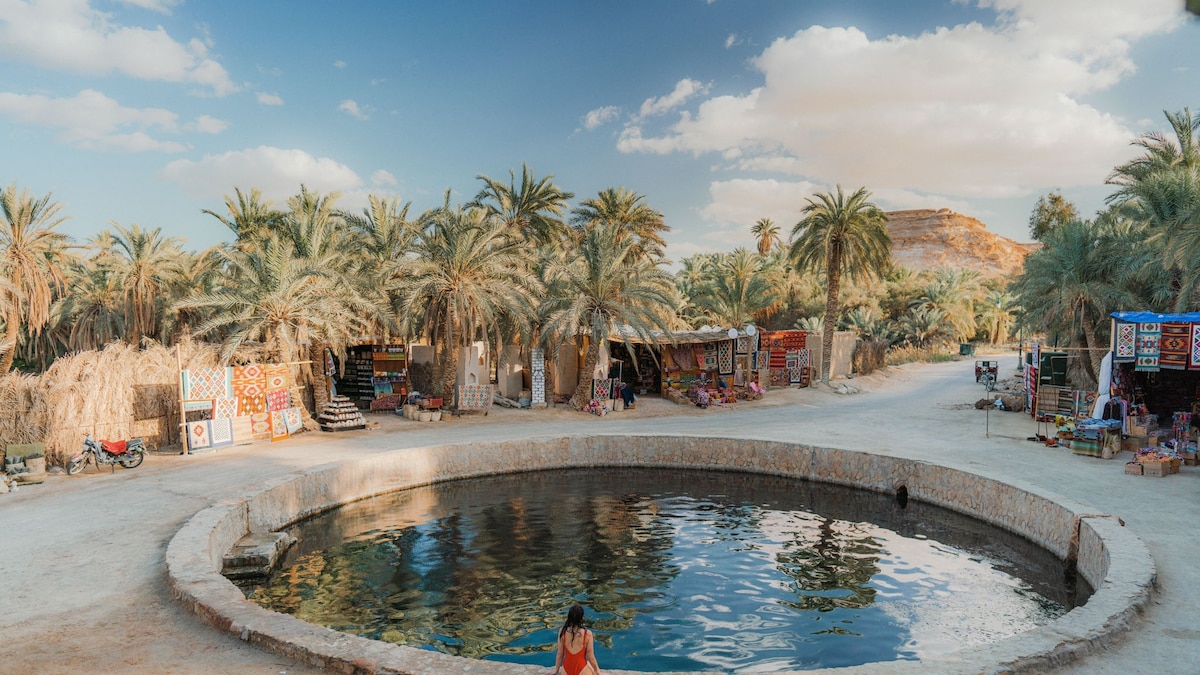Now Reading: Maasai Culture and Safari: A Unique Coexistence in Southern Kenya
-
01
Maasai Culture and Safari: A Unique Coexistence in Southern Kenya
Maasai Culture and Safari: A Unique Coexistence in Southern Kenya

Speedy Summary
- Safari Experiences: The Maasai Mara National reserve in Kenya offers immersive safari experiences with about half of Kenya’s healthy lion population living within the region. Conventional Maasai landowners benefit from lasting tourism via fees from lodges and guests, fostering coexistence between wildlife and humans.
- Wildlife Conservation Efforts: Community-led initiatives like SORALO (South Rift association of Land Owners) operate in Southern Kenyan landscapes to minimize human-wildlife conflicts. Programs such as Ilaaretok employ local Maasai villagers as on-ground guardians ensuring cattle safety and ecological coexistence.
- Challenges: The region faces growing pressure from human population increase, doubling every nine years, leading to encroachment into wildlife areas. Wildlife struggles to share spaces with expanding local villages.
- Cultural Engagements: Local guides like Julius Naurori and conservation leaders such as Dominic Sakat work closely with tourists to highlight threats facing lions,cheetahs,and leopards while showcasing solutions for harmonious existence.
- Innovative Solutions: Camps such as Family-run Roca River Camp and Shompole Wilderness incorporate community conservation practices while offering unique experiences like safari drives at watering holes or river kayaking without disrupting the ecosystem.
Indian Opinion Analysis
Kenya’s approach toward balancing nature conservation alongside community livelihoods presents a model worth examining for India, where human-wildlife conflict is also prevalent due to population pressures near forested regions. Initiatives that financially incentivize local communities thru eco-tourism revenues could mirror triumphant ventures observed in the Maasai Mara ecosystem.
Additionally, employing locals for non-invasive roles-similar to “helpers” under Ilaaretok-can foster grassroots stewardship of natural resources in India’s wildlife sanctuaries like Kaziranga or Gir National Park. With India’s increasing interest in sustainable tourism development around its reserves (e.g., tiger-focused safaris), learning how Kenya manages cultural integration within conservation efforts might offer valuable insights.
Ultimately, direct involvement of indigenous communities coupled with structured support systems can create lasting benefits both economically for stakeholders and ecologically for endangered species crucial to India’s biodiversity heritage.























